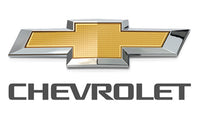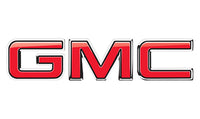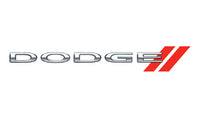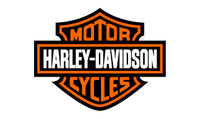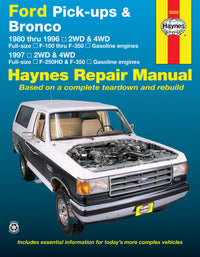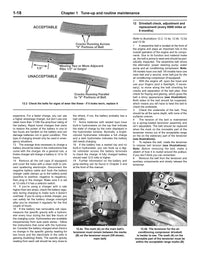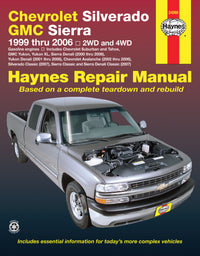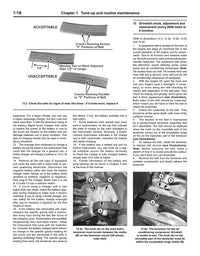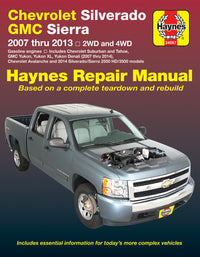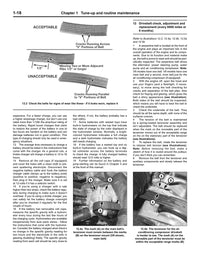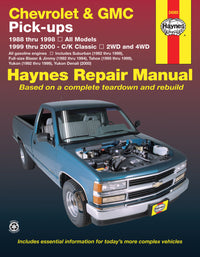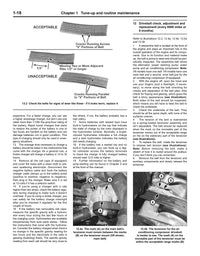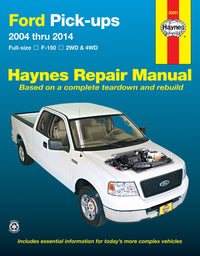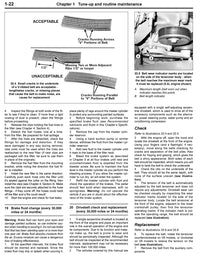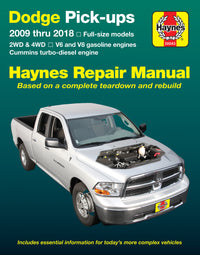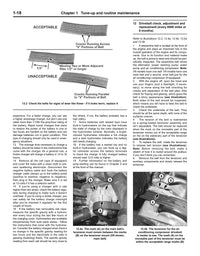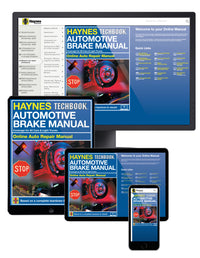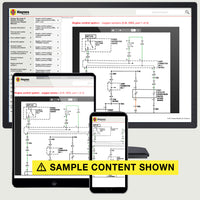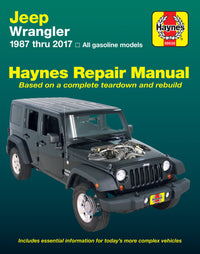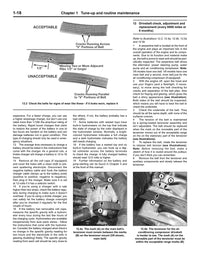There is snow and ice in much of the country, and rain falling in the rest, so it is natural to think about the many ways that have been invented to give your car more traction on a slippery road surface. Many years ago, at the dawn of the motor age, most vehicles were chain driven via two wheels connected together on an axle, and this was fine considering the amount of grip afforded by the bad roads and tires of the era. But when you go around corners the wheels on the outside have to move faster than those on the inside, because they have a larger distance to travel, so even before the introduction of the Ford Model T, all cars had a differential.
The differential allows the drive wheels to turn at different speeds, but because of its design always feeds power to the wheel with the least resistance, which is a problem when a wheel starts spinning on a slippery road. Vehicles like the WWII Jeep introduced four-wheel drive, sending power to a front and rear differential equally, and were hard to stop in loose dirt, mud or snow, but it was a crude, manual system. Later all wheel drive systems were developed for street cars that required no input, shifting power mechanically or via computer to the wheels that had grip. In the 1950s, differentials were created that locked the wheels together to put more power down when needed, and unlocked for cornering. Lately computerized systems have worked to manage power input, and brake application, to control the traction and make modern cars much less likely to get stuck.
Lets take a look at the different systems:

Four-Wheel Drive
Four-wheel drive is the system used in older vehicles, and some current Jeeps and trucks. Originally these system had no center differential, with the power from the transmission fed into a transfer case, which sent equal power to the front and rear differential and wheels. Because the front and rear wheels also need to turn at different speeds in corners, these systems relied on tires slipping on low traction surfaces to work, and the user to know when they were safe to use without damaging the drivetrain or causing handling issues.
The earliest 4WD vehicles also required stopping the vehicle completely, getting out, and locking the wheel hubs on the front wheels. These days, almost all 4WD or 4X4 systems are "shift on the fly" or "push-button" system, though some trucks still require you to know the proper sequence to engage them, such as slowing or coming to a stop, or even backing up slightly. Most now have a center differential as well, sometimes with a manual lock, allowing limited use on dry, paved, roads while in 4WD mode.
Limited Slip Differential
Before the war Ferdinand Porsche and ZF created a differential that would always send power to the slower wheel, but it wasn't until the mid-1950s that Studebaker-Packard introduced "Twin-Traction" which is widely considered the first modern, clutch based, limited slip differential. By 1958 GM and many others had a similar system as an option in their cars, whether called "Positraction," "Sure Grip," "Trac-Lok," or one of many other names. They all work in a similar manner, with clutches that are pressed together harder the greater the difference in speed is between the wheels. If one wheel spins, and the other is not moving, it is fully engaged to power both wheels, but if they are only slightly different like in a corner, then the clutch is only pressed together slightly.
Later AMC would introduce a viscous coupling differential, initially for use in the center of 4WD vehicles, which used a thick fluid to couple the front and rear driveshafts, making them much better on paved surfaces. The same technology would later be used to create modern all-wheel drive systems in Audi, Subaru, and others. There is also a geared limited slip system, as used in current Audi Quattro, Subaru Impreza WRX, and Focus RS models, which always sends a set amount of torque to the opposite wheel if slip is detected, but is otherwise open, which makes it much better for front axle use.

All-Wheel Drive
It is hard to say when the first four-wheel drive vehicle evolved into an all-wheel drive vehicle, but the early adopters were AMC with the Eagle, Audi with their Quattro (and the related VW Syncro), and some Subarus. Typically AWD systems are always working, sending power to the front and back wheels, or automatically switching between them based on grip and slippage. Sometimes there is a switch or level to turn off the AWD, but unlike 4WD they are perfectly at home on dry pavement while sending power to both axles. This is accomplished with a center differential, and often one that operates with limited slip properties. Some SUVs in the past 30 years have even adapted automatic AWD transfer cases as an option for models that are more on road focused.
While AWD is great for occasionally slippery conditions, it lacks the brute force of true 4x4 systems. Jeep first called this System Quadra-Trac and a simple version first appeared in the 1970s. GM with their large variety of trucks and SUVs also made both 4WD and AWD versions of the same platform, with luxury vehicles like the Escalade, Denali, Rainer, and Bravada getting automatic AWD, unlike the Chevy versions. Then there are the recently introduced hybrid AWD systems, which place an electric motor at the rear wheels to provide extra grip, as found in the new Prius AWD.
Traction Control
The latest trick to keep cars from getting stuck is traction control, which in the earliest version was just a computer that detected wheel slip and reduced power, way back in the 1980s. In the 21st-century, as computers have gotten more sophisticated and ABS brakes were developed, brake based traction control was introduced. Now, instead of just cutting power, if the computer senses one wheel is slipping it can start to apply the brakes on only that wheel, which forces a simple open differential to send power to the other wheel. While not as effective as a true limited slip system, or AWD, traction control can be enough to pull your car out of the snow bank it is left in by the plow going by.
Stability control takes traction control to the next level, allowing the system to apply the brakes before wheel slip is detected, based on a predictive model. This system can then slow one or two wheels while cornering, to help the vehicle stay in the intended line. Stability control is now mandated on new cars because of the increased margin of safety it provides, even on dry pavement.

